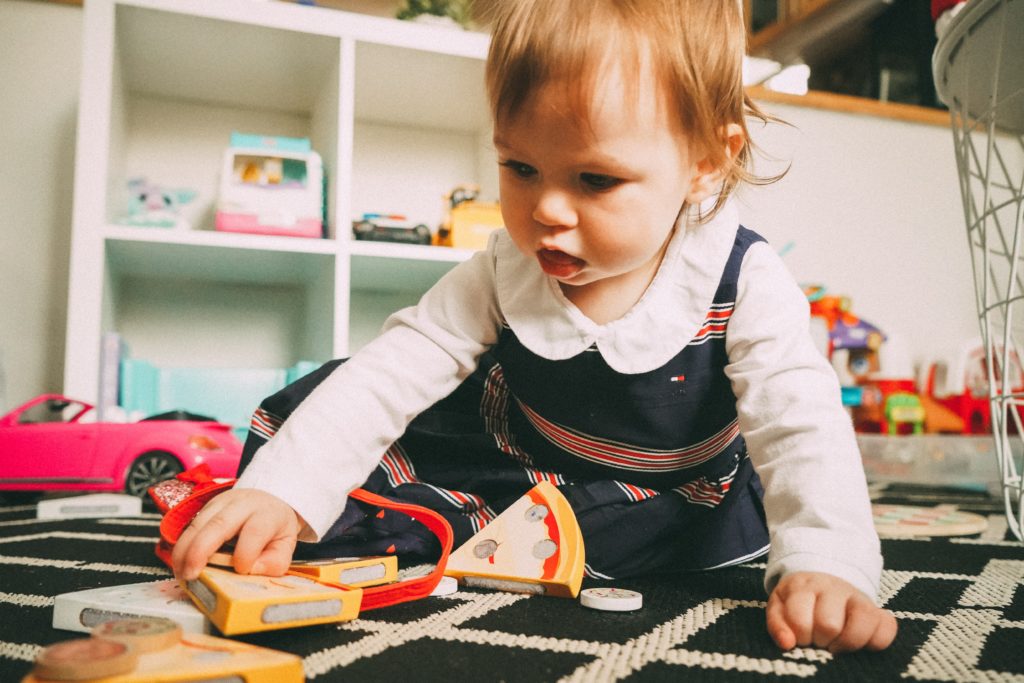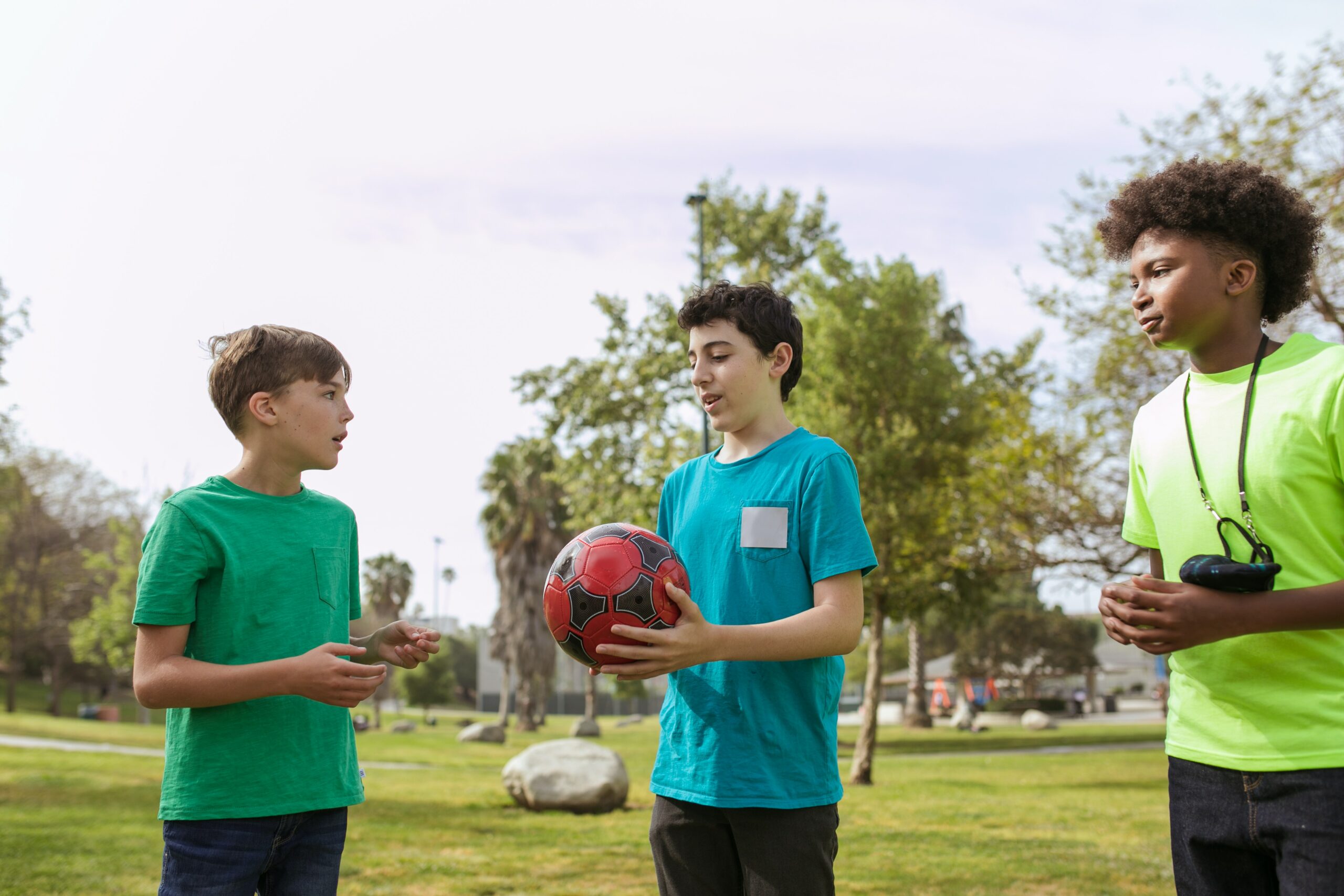Being certified in First Aid, CPR, and AED is necessary for many reasons. For babysitters, it is to qualify for the job and protect the children under their care at all times. This makes Child Care First Aid important in every scenario.
Common Babysitter Duties
There are common emergencies to watch out for when taking care of a child. The 6 most common children’s injuries are drowning, near poison exposure, suffocation, electrocution, accidents, and choking.
When kids are in trouble and parents are out of the house, the babysitter is the only lifeline they have. While this may sound like an overwhelming responsibility, getting the right training will ensure that you will be the best at your job.
Here are the top 3 responsibilities of a babysitter.
-
Calling Emergency Services
Babysitters should know that calling emergency services is a resource. Let them know that dialling Triple Zero (000) is ok if they suspect an emergency. During these times, action is an absolute must.
This is one reason why you want your babysitter to get formal training. Training will help them recognise the warning signs and when to call an ambulance for assistance. Many of them are intimated or scared to act due to a lack of skills and education. Empower them so they can do a better job in taking care of your child.
-
Know-How to Keep Children Safe
In an emergency, the best thing that a babysitter can do is to remain calm while providing aid. If a child is injured, there is a huge chance they will cry and be frightened. If they sense panic from you, they will also feel the same thing which makes it difficult to take proper action.
Here’s what you should do in an emergency. First, assess the situation and check the child for injuries. If the child is injured or suffers from severe bleeding, broken bone, or is unconscious, seek urgent medical assistance.
Any first aid care from the babysitter should continue until an ambulance arrives. You also must notify or inform the parents in the event of an accident after EMS has been called.
-
Handle Simple Things
An effective babysitter knows how to react and handle things, even the little stuff. Notice how they respond to simple situations such as putting on a bandage and taking out a splinter. If they can take care of the little things, they will be better at handling bigger emergencies.
Here are other basic first aid techniques a babysitter should know:
- How to treat a nosebleed
- How to treat minor cuts
- How to remove splinters
If you want to work as a babysitter in Australia or become better at your job, here is a guide on requirements and certifications.
- All babysitters, nannies, and childminders in Australia must hold a valid and current First Aid qualification. Parents are also encouraged to take this training for additional child safety.
- Make sure that your training is with a Registered Training Organisation (RTO) providing accredited courses Australia-wide.
- Refresher/renewal courses should be taken regularly as recommended by the governing authorities. CPR for infants and first aid for toddlers can be lost when not used or fade as time passes.
- Have a well-stocked first-aid kit at your home and in the car. Make sure you have everything you need to deal with common injuries in children.
- Take note that first aid treatment for small children, babies, or toddlers is not always the same as an adults. Getting Paediatric/Childcare first aid is recommended.
Child Care First Aid
This first aid course offers an additional focus on medical care and treatment to small children. It is essential education for babysitters, caregivers, and parents.
A Childcare First Aid course will teach all skills and knowledge in providing CPR. Along with CPR techniques, you will learn how to assess and provide first aid for a wide variety of emergencies.








